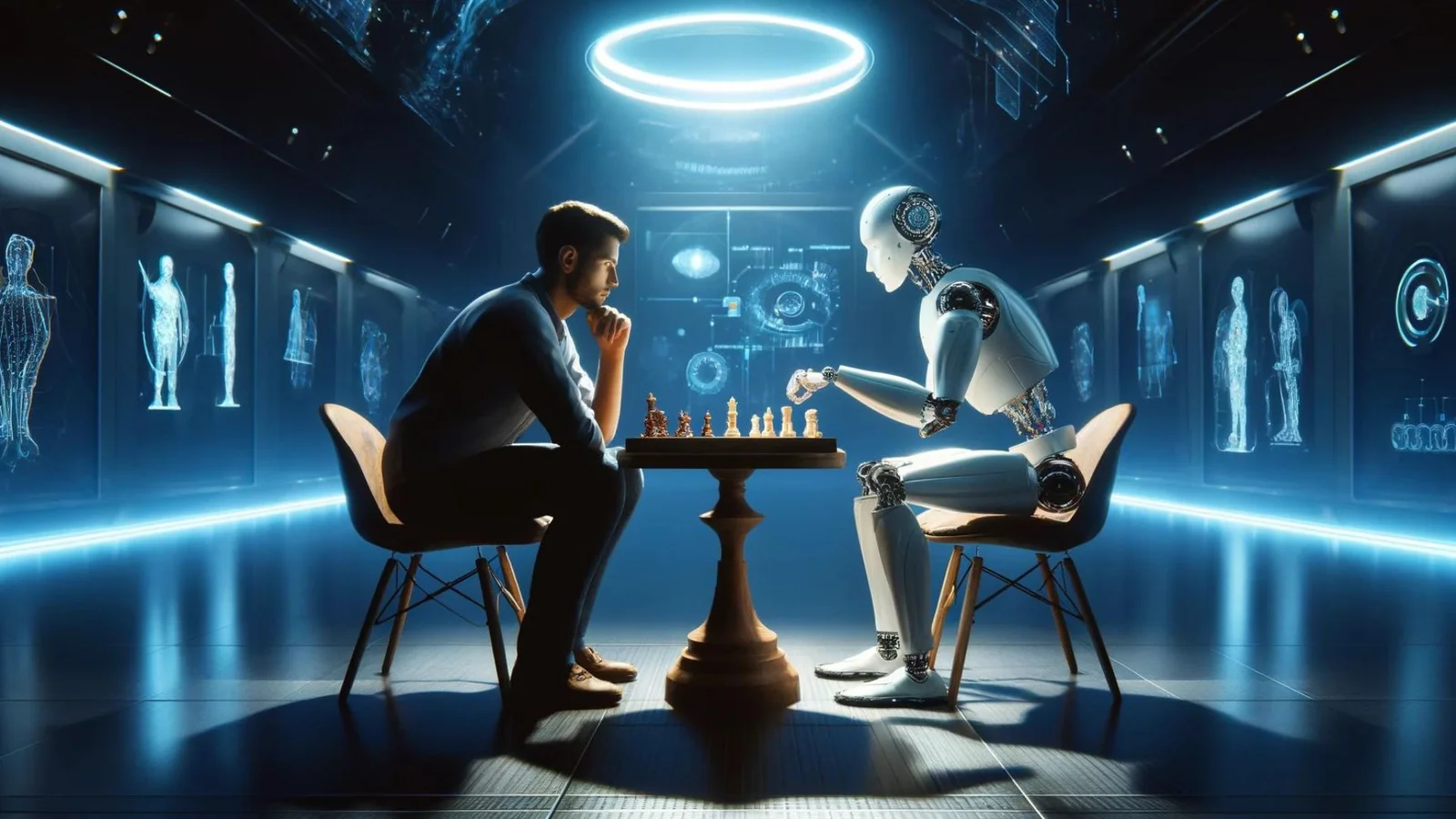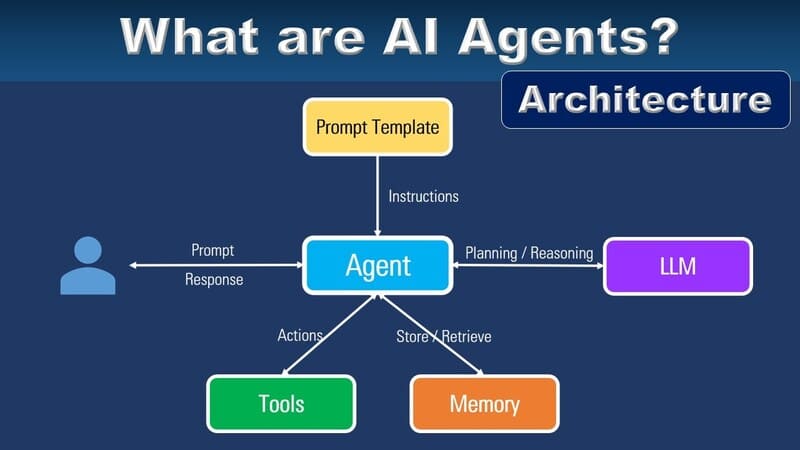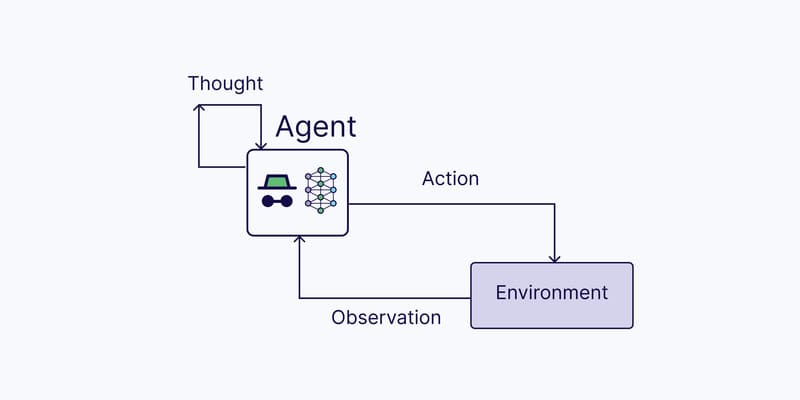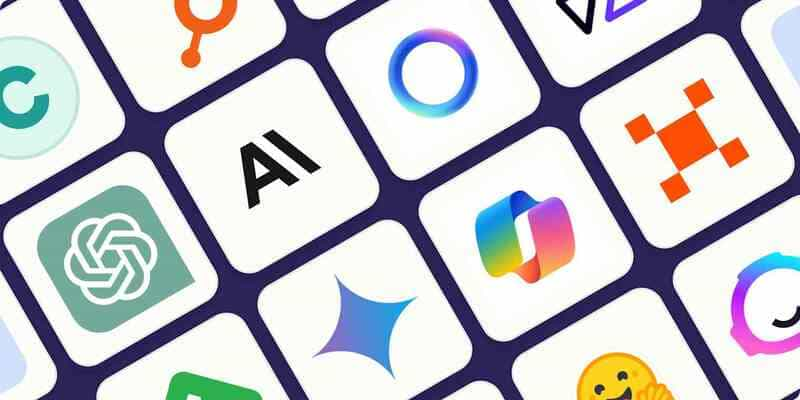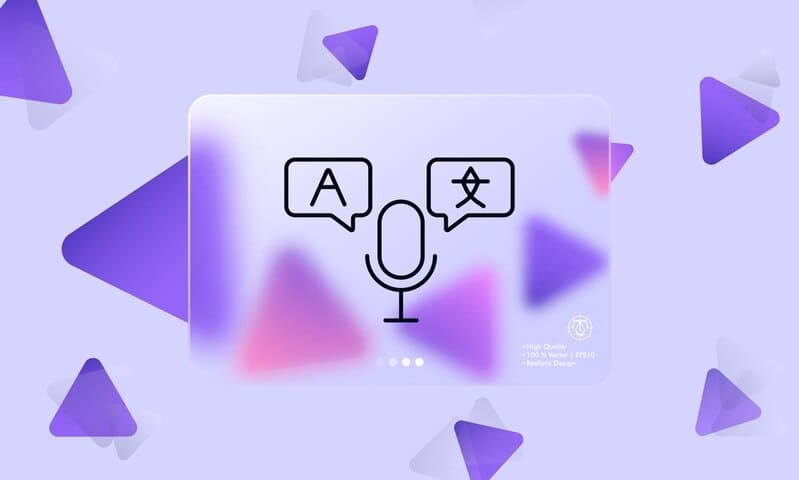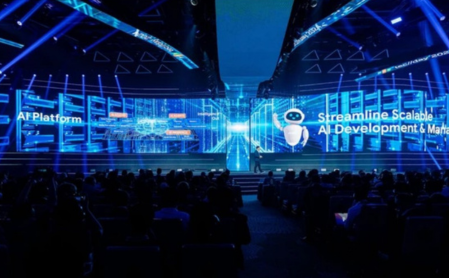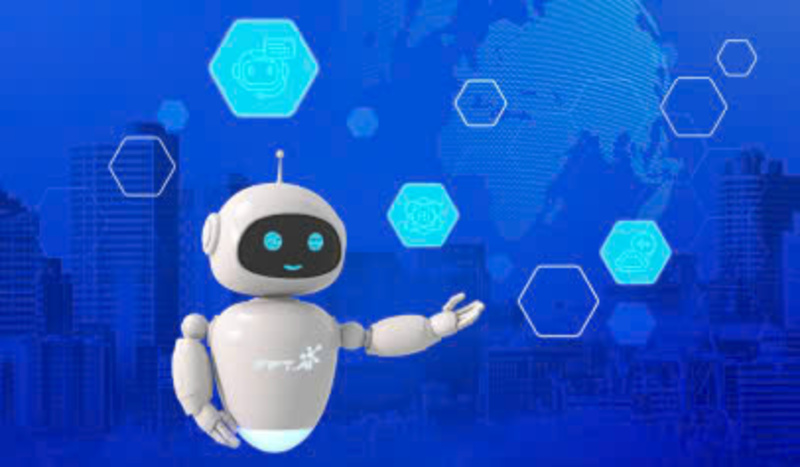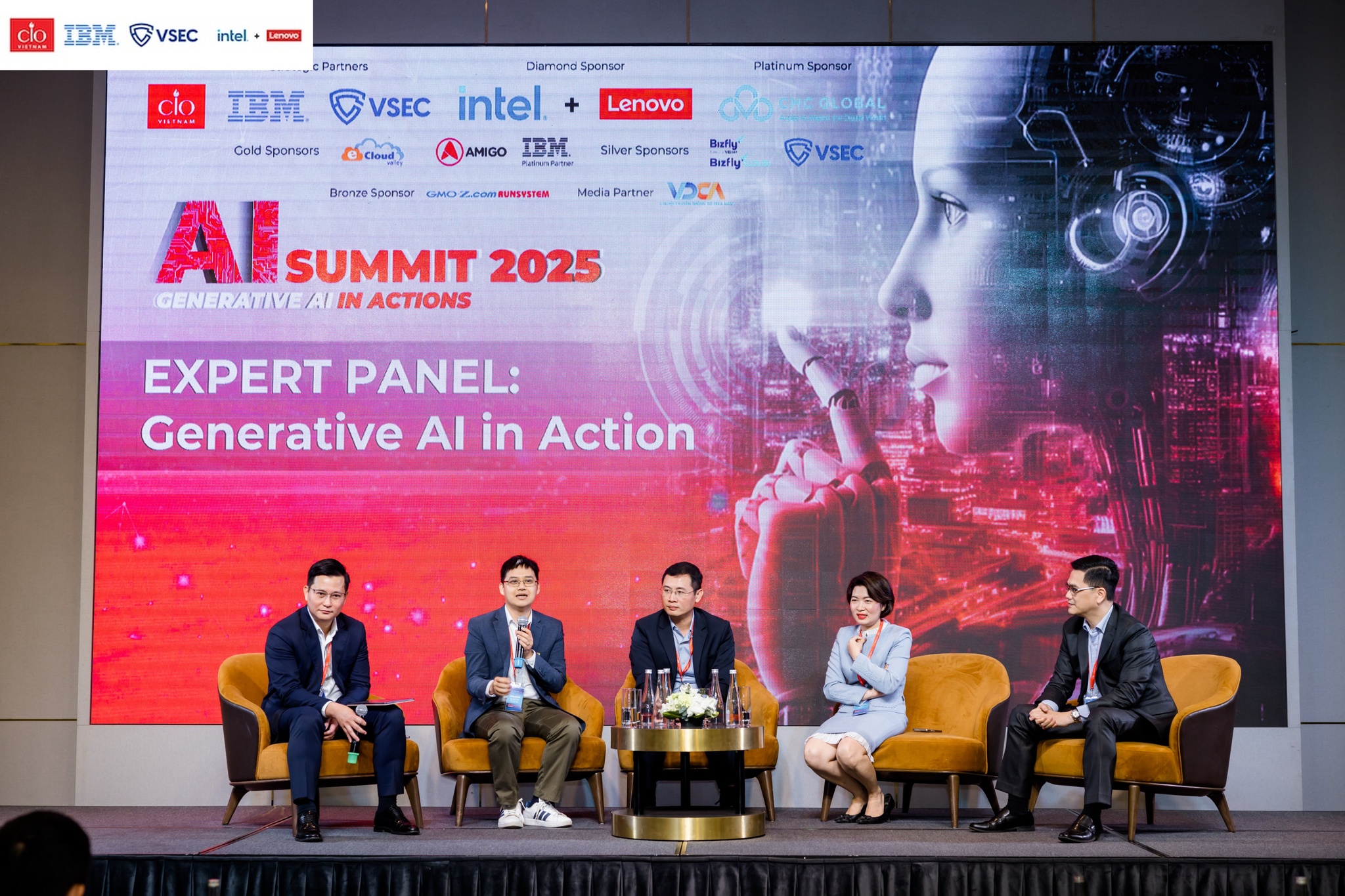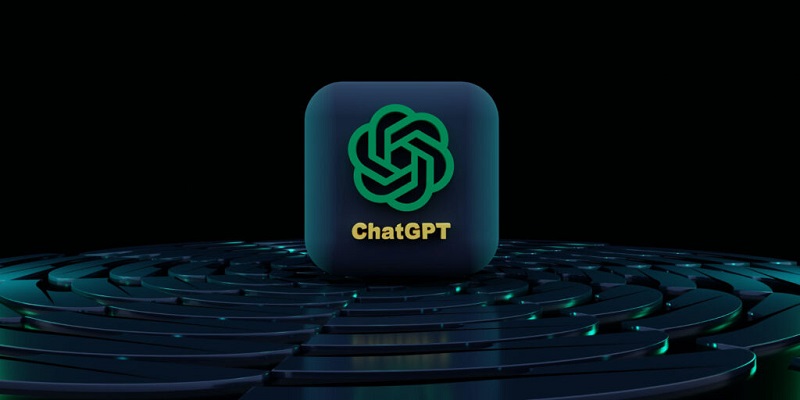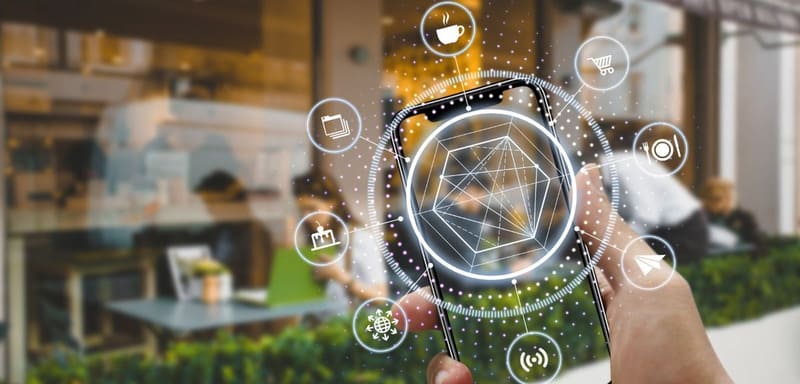Optical Character Recognition (OCR) is a technology that can eliminate concerns about the possibility of damage to important documents over time. So what is OCR? Let’s find out with FPT.AI how OCR softwares converts images of typed, handwritten or printed text into digital data.
What is Optical Character Recognition?
OCR stands for Optical Character Recognition, a technology that converts images containing typed, handwritten or printed text into a digital format that computers can read (machine-readable format).
Optical character recognition is developed from research on pattern recognition, artificial intelligence and computer vision. OCR allows users to automatically extract data, edit, format and search text as if they were created with a word processor.
OCR software leverages artificial intelligence, cognitive computing, computer vision, machine translation, text to speech, key data mining, and text mining for intelligent character recognition (ICR).
Organizations often use OCR technology to input data from a variety of paper documents, such as passports, invoices, bank statements, electronic receipts, business cards, letters, and printed data.
Today, optical character recognition (OCR) has achieved near-perfect accuracy and supports many writing systems, including Latin, Cyrillic, Arabic, Hebrew, Indic scripts, Chinese, Japanese, and Korean. The rapid development of OCR technology helps to automatically process text, saving time and minimizing errors compared to manual data entry.
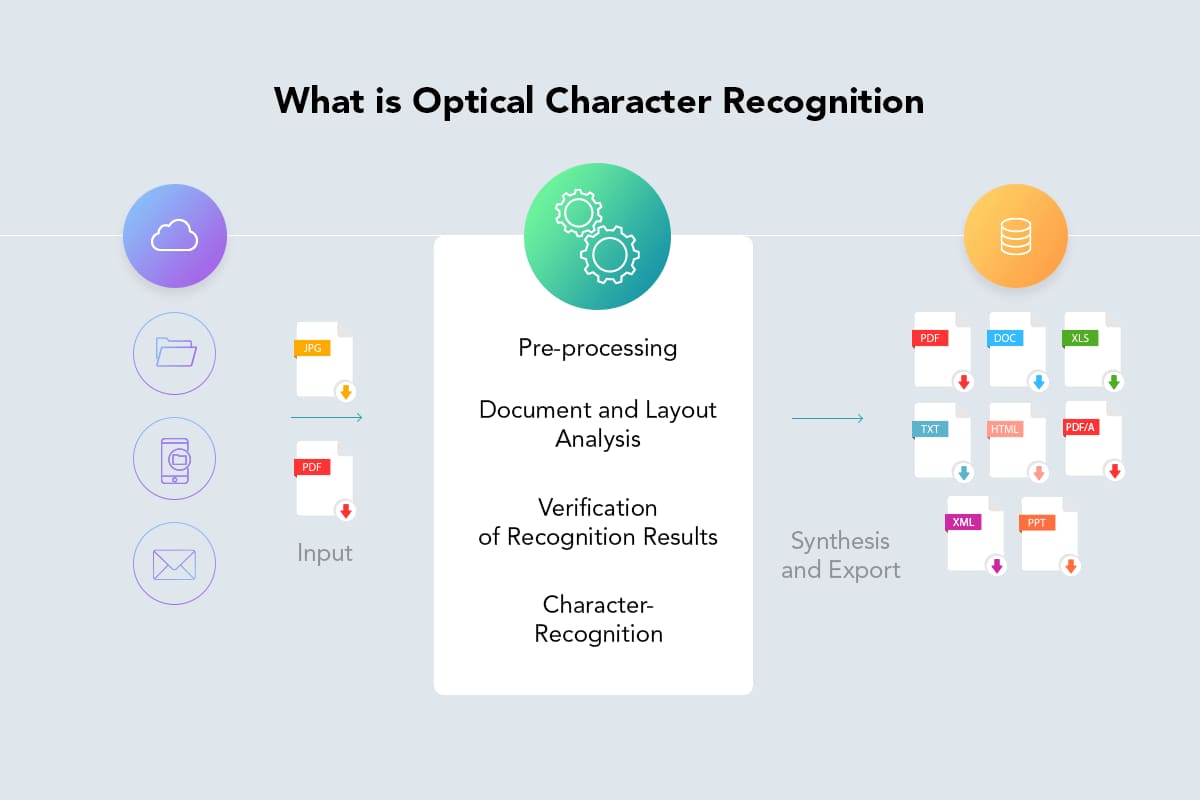
>>> READ MORE: Optimizing handwriting recognition with OCR tool FPT AI Read
How does Optical Character Recognition work?
Vietnamese OCR software digitizes data according to the following sequential process:
- Image acquisition: Scan documents, distinguish dark parts (characters) and light parts (background).
- Preprocessing: Remove noise, align images, sharpen characters, erase borders, remove image spots and increase clarity to optimize recognition.
- Layout recognition: Analyze document structure, divide pages into text blocks, tables or images, then identify words and characters.
- Text recognition: Characters (dark parts) are processed using one of two algorithms:
- Template matching: Compare input characters with trained sample data, suitable for good quality images, standard formats.
- Feature extraction: Recognize characters based on features such as the number of angular lines, intersections, loops, or curves, suitable for untrained fonts.
- Post-processing: Export the text to an editable digital file (Word, Excel, PDF). Some systems save both the original and the post-OCR version for easy document comparison and management.
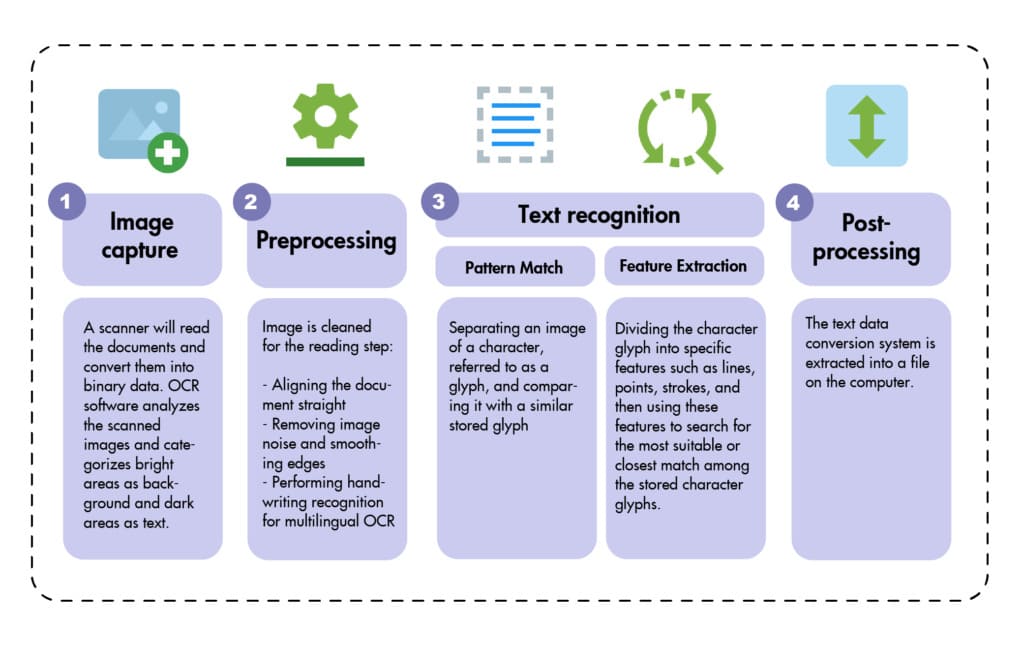
>>> EXPLORE: What is Computer Vision? Applications & Examples
What are the special capabilities of OCR software?
Here is a detailed description of the popular OCR software types and their typical features:
- Template Matching: Uses a pattern matching algorithm to compare each character of the text image with an internal database.
- Intelligent Character Recognition (ICR): Uses intelligent character recognition and machine learning to process images and analyze text at multiple levels. The system synthesizes attributes such as curves, straight lines, and loops to identify the character to be recognized.
- Intelligent Word Recognition: Instead of just processing each character like ICR, intelligent word recognition analyzes the entire image of a word to recognize the structure and semantics, improving the accuracy of text recognition.
- Optical Symbol Recognition (OSR): This OCR software specializes in recognizing logos, watermarks, graphics, and symbols on documents.
- Optical mark recognition (OMR): Focuses on identifying checkboxes, survey bubbles, or signatures on forms.
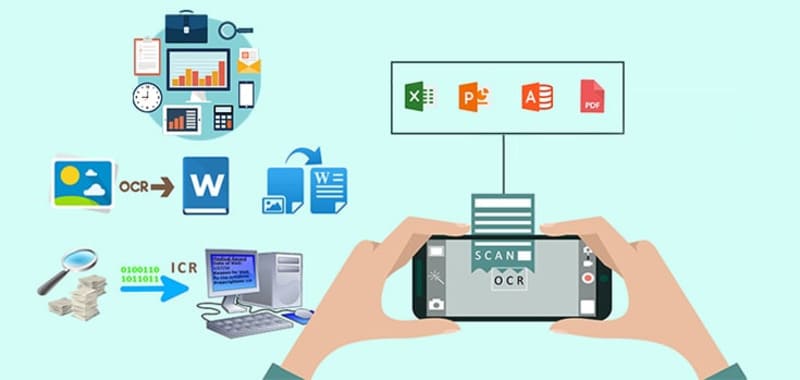
>>> EXPLORE: Review TOP 6 OCR software for phones and computers
Outstanding features of Optical Character Recognition in document digitization
- Convert text from images to electronic form with high accuracy, especially when using good quality flatbed scanners
- Eliminate or minimize errors that can occur during manual data entry
- Save costs on paper document storage
- Process multiple documents at the same time, reducing information retrieval time to just 2-3 seconds
- Automate document routing, content processing and text mining.
- Allow visually impaired employees and customers to access the latest and most accurate information.
- Modern OCR software can preserve tables, columns and original text formatting.
Disadvantages of Optical Character Recognition
- Optical character recognition works best with printed text, but accuracy decreases when recognizing handwritten text.
- Some OCR software and hardware require a large investment.
- The accuracy of some OCR applications may depend on the quality of the image (it cannot process or recognize blurry or noisy images).
- OCR technology is not completely accurate, especially with complex documents, requiring manual correction after recognition.
- Optical Character Recognition is not effective when processing documents with little text content, because it takes a long time without optimizing performance.
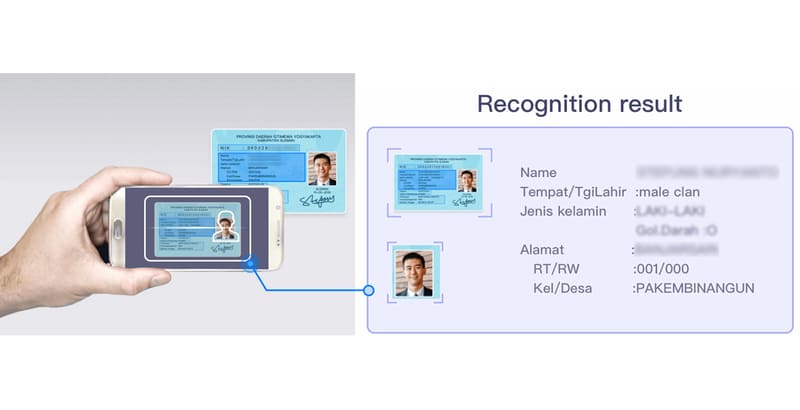
>>> READ NOW: Voice-based Transactions – The Inevitable Trend of Digital Banking
Practical applications of Optical Character Recognition (OCR)
- Supporting blind and elderly people: In 1974, Ray Kurzweil developed omni-font OCR, which allows for the recognition of printed text from multiple fonts. Realizing the potential to support blind people, he created a text reading device that combines a CCD-type flatbed scanner and a text-to-speech synthesizer, allowing blind and elderly people to easily access books, newspapers and documents in audio form.
- Arranging documents in law firms and courts: In cases, the volume of legal documents is often very large and requires high accuracy. Vietnamese OCR software supports lawyers to quickly digitize documents, allowing them to look up information by keywords, case numbers or dates of judgment. Thanks to that, lawyers save time, reduce the need for support personnel and still manage work scientifically and accurately.
- Preserving Valuable Documents: Libraries, cultural centers, and museums hold many valuable documents, but their preservation is difficult due to the risk of damage over time. Optical Character Recognition allows these documents to be converted from paper to electronic files, making it easier to store, preserve, and access cultural heritage, while ensuring long-term sustainability.
- Personal Identification: OCR quickly scans and processes documents such as ID cards, passports, and driver’s licenses at banks, airports, and government agencies, reducing errors, increasing processing speed, and supporting secure information storage.
- Processing invoices and documents: Agencies and organizations often process large volumes of documents in many formats such as printed, handwritten, PDF, or JPG. OCR technology converts invoices and contracts from paper to electronic files, allowing data to be stored, edited, shared and integrated into databases or systems such as email, fax and EDI, increasing work efficiency and minimizing the risk of errors.
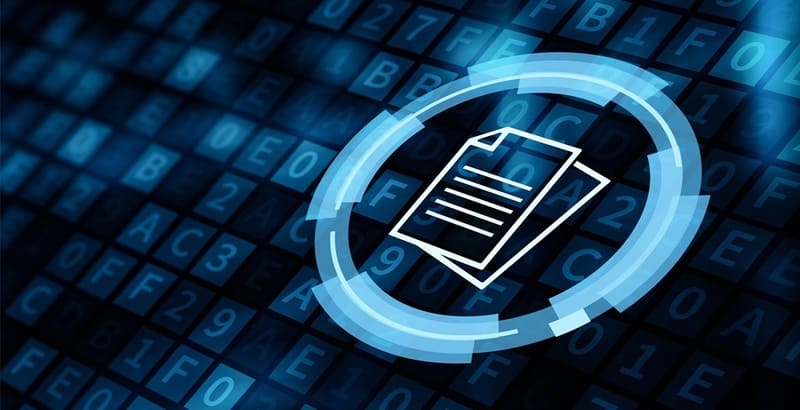
Top 5 best OCR software on the market today
| Software | Advantages | Limitations | Target Users |
| FPT AI Read | – Extracts many types of documents with an accuracy rate of up to 98% – Simple user interface, users do not need programming knowledge to use. |
Blurry, unclear, or low-resolution images may reduce extraction accuracy. | Businesses that need OCR using AI with API integration and model customization. |
| Adobe Acrobat Pro | Allows integration with the Adobe ecosystem, document security, automatic document processing. | Requires high configuration, complex interface, needs an internet connection to use full cloud features. | Experts in processing scanned documents, contracts, legal texts who need OCR and security. |
| Foxit PDF Editor | Extracts and summarizes documents, supports multiple languages, analyzes documents using AI, encrypts for security. | Limited image editing capabilities, requires a high-performance computer to process large PDF files. | Users needing multilingual OCR technology with document summarization and AI-based analysis. |
| Microsoft OneNote | Basic OCR tool for images and handwritten notes, extracts text from multi-page documents. | Accuracy depends on image quality, does not classify or organize data from complex documents. | Users who need quick and simple OCR for images and handwritten notes. |
| Google Cloud Vision | Cloud-based OCR software, high accuracy, supports handwriting recognition, integrates with Google Cloud. | High cost to fully utilize features, difficult to process documents with complex structures, requires technical knowledge. | Organizations needing large-scale OCR with Google Cloud integration |
FPT AI Read provides a library of document templates so that users can quickly extract more than 30 types of ID cards, driver’s licenses, passports, VAT invoices, contracts, documents, medical records, vehicle registration, candidate CVs… with an accuracy rate of up to 98%. The solution handles low-quality images (blurry, blurred) or images with complex structures well.
After uploading the image, the system will automatically recognize and extract important information fields. FPT AI Read has a simple, user-friendly interface for users without programming knowledge. Users can even train the model themselves, label data themselves, connect and use extracted data via the API OCR.
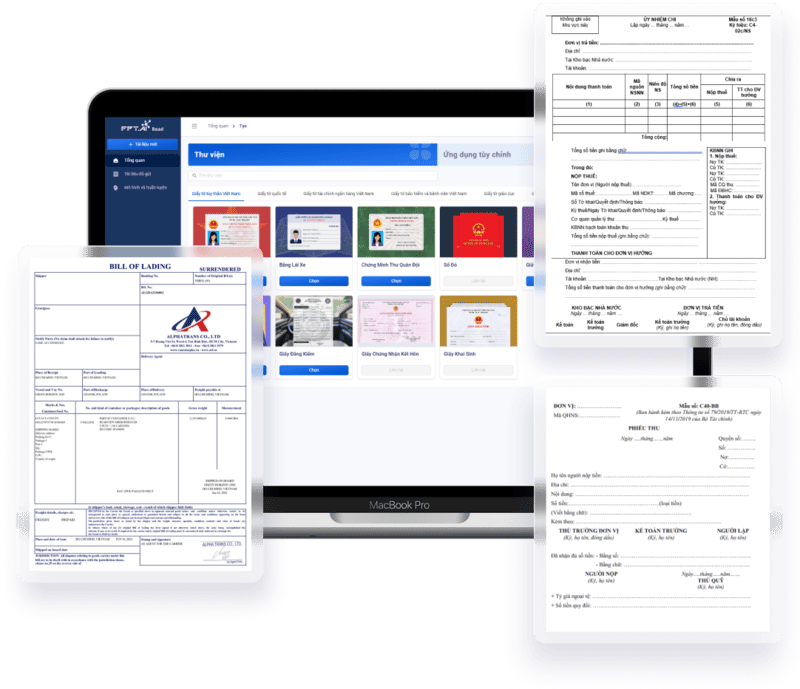
FPT AI Read Vietnamese Optical Character Recognition solution helps MB Bank successfully digitize
At MB Bank, when launching the MB Family product package in 2020, the bank faced a major challenge in processing the volume of registration files. FPT AI Read has helped MB Bank automatically extract data from documents such as ID cards, household registration books and birth certificates, process customer records, electronic customer identification (eKYC), etc.
FPT AI Read not only helps the bank process about 5,000 requests per day but also ensures high speed and accuracy in data entry, reducing the workload for employees and improving customer experience. FPT AI Read helps MB Bank quickly identify customers.
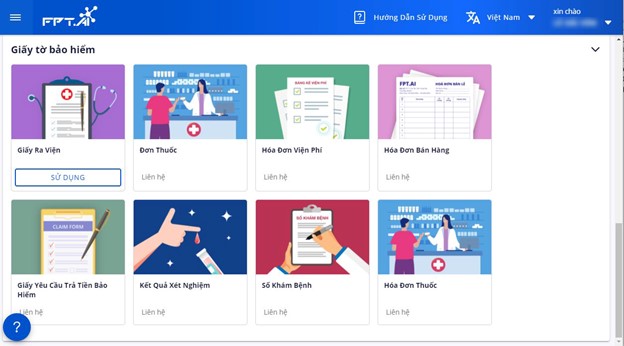
With the successes achieved, it can be affirmed that OCR technology will continue to be an indispensable part of the digitalization roadmap of many organizations in the future. For detailed advice and customized technology solutions suitable for your business, contact FPT AI immediately via Hotline: 1900 638 399 or visit FPT.AI for the earliest support!
References:
- IBM. (n.d.). Optical character recognition. IBM. Retrieved January 21, 2025, from https://www.ibm.com/think/topics/optical-character-recognition
- Wikipedia. (n.d.). Optical character recognition. Wikipedia. Retrieved January 21, 2025, from https://en.wikipedia.org/wiki/Optical_character_recognition
>>> EXPLORE:






